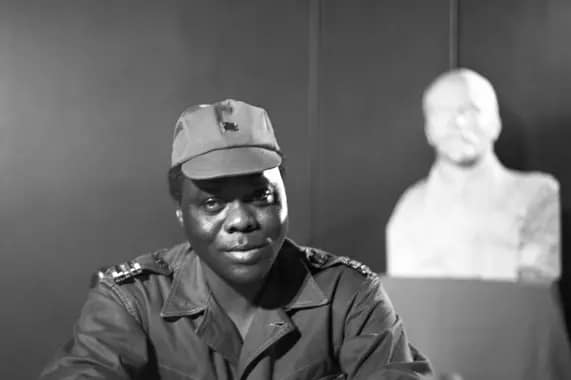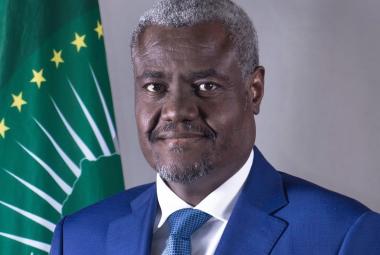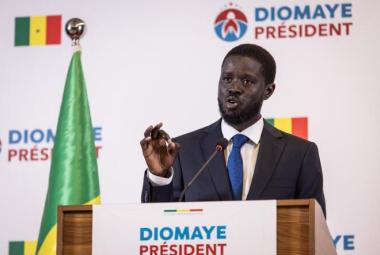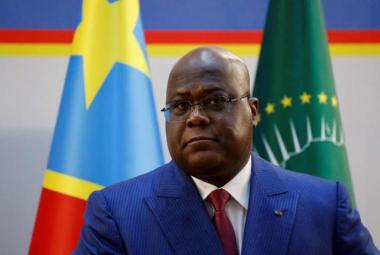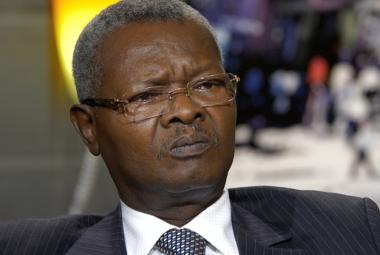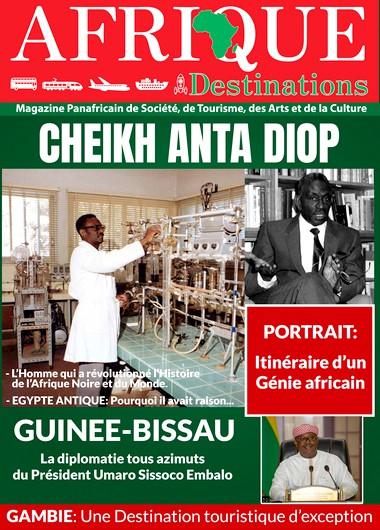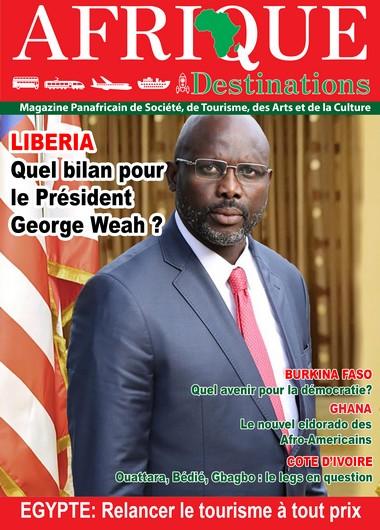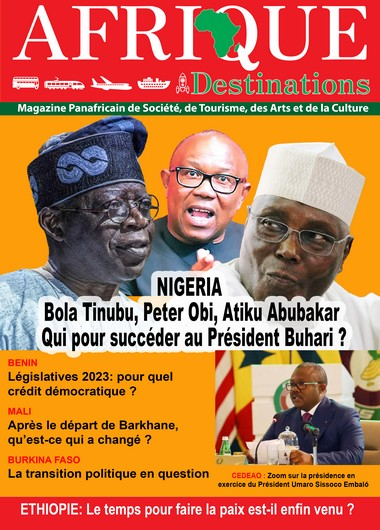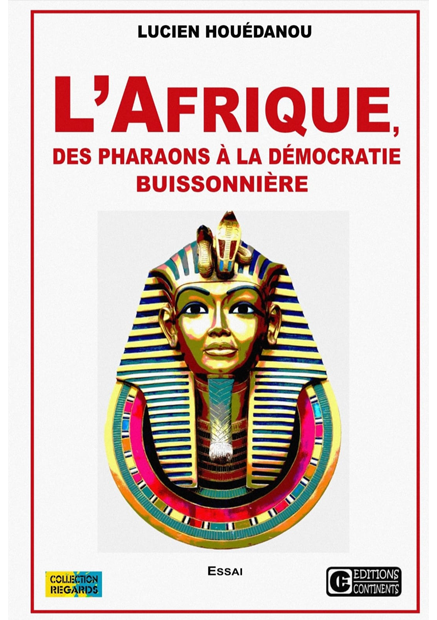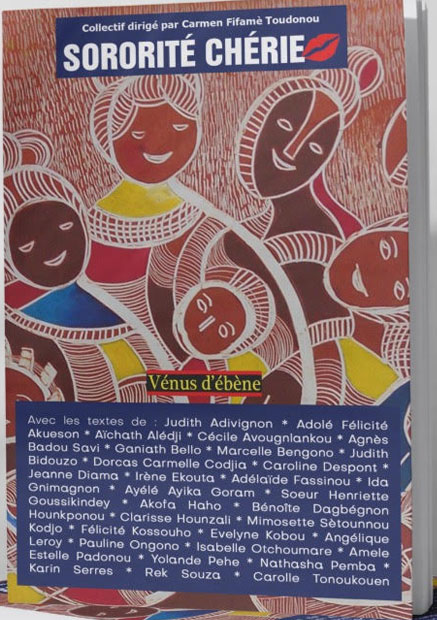It is a significant date in the political history of Benin Republic. A date three times important even, since it constituted the three pillars of the revolutionary edifice of October 1972: the program speech of November 30, 1972, the socialist ideological option, enlightened by Marxism-Leninism, on November 30 1974, and the change of the country's name, coat of arms and flag, on November 30, 1975. Erected as "Three glorious ones", November 30 had become the imperial trinity of the socio-political transformation of Dahomey which became Benin Republic. But contrary to the rhetoric, the revolution ended up failing, swept away by multiple crises that paved the way for the national conference and democratic renewal...
“The fundamental characteristic and the primary source of the backwardness of our country is foreign domination. The history of this domination is one of political oppression, economic exploitation, cultural alienation, the blossoming of inter-regional and inter-tribal contradictions”.
The tone is set from the start of the keynote address of November 30, 1972. Mathieu Kérékou, who seized power in Dahomey (now Benin Republic) following a coup d'Etat on October 26, 1972, had just summarized in two sentences the political and socio-economic situation of his country. Accurate and relevant diagnosis in the early 1970s, when the former French colony, independent since August 1, 1960, went from "Latin Quarter" to "sick child" of Africa. The country already had four coups, and the one praised by Mathieu Kérékou, the fifth, bore the seeds of hope and a certain rebirth. A fifth coup therefore which, according to the rhetoric of the revolutionaries of October 26, 1972, “marks a radical break with the past and initiates a new policy of national independence”.
Today, fifty years after the putsch which swept away the Presidential Council set up in 1970 — the rotating presidency that Mathieu Kérékou described as a "three-headed monster" — we can rejoice in the fact that he remains the last perpetrated in this country bathed over 125 kilometers by the Atlantic Ocean, and wedged between the “tiny” Togo in the West, and the giant Nigeria in the East.
FEEDING THE ASPIRATIONS OF THE PEOPLE

The speech delivered a little more than a month later, on November 30, 1972, indeed came to mark out the political action of the Revolutionary Military Government, while projecting it into the future. This keynote speech, now fifty years old, thus carried the ambitions of the revolution unleashed earlier, but also the aspirations of the Dahomean people of that time, since it promised to… “definitively liquidate the old policy through men, the structures and the ideology that support it".
To achieve its objectives, the Dahomean revolution of 1972 wanted to commit the nation to a certain number of major projects, set out in the program speech of November 30, which sets out four fields of action:
“- Let us rely first on our own forces, on our own resources, on the creative initiative of the broad masses in our struggle to free ourselves from foreign domination, to develop our economy and to give our people the dignity and personality of a free people;
- Reorganize the entire economic, cultural and social structure of our country in the direction of liberation from foreign domination, eradication of corruption, embezzlement and nepotism, and greater efficiency;
- - Develop our foreign relations with all countries without discrimination on the basis of respect for national sovereignty, equality and mutual benefit;
- - Strengthen the authority of the State".
This declination, which clearly underlines “the immensity and complexity of the task incumbent on the Revolutionary Military Government”, is indeed enough to reshape the image of the country and to place it on paths of hope. And since this challenge remains current, history teaches that the Dahomean and then Beninese revolution erred in some of the flaws it was supposed to correct, to the point of plunging the country into an unprecedented economic and socio-political crisis. To the point also of opening the way, through the national conference of February 1990, to the democratic renewal which has since generated, despite the imperfections and excesses, four peaceful alternations at the top of the State.
SOCIALISM AS A LANTERN
But the political trajectory of this country of 114,763 km² (Wikipedia) has not been a long calm river. And November 30 remains, even today, a significant date in its history. Two years after the keynote speech, Dahomey chose to take the socialist path of development on November 30, 1974, with Marxism-Leninism as a “philosophical guide”.
This option is displayed as a "historical necessity", in the proclamation, on November 30, of the "new society where it will be good to live for each and for all". "Our philosophy and the guide of our revolutionary action is Marxism-Leninism", insisted Mathieu Kérékou in 1974, in the memorable speech he made in Abomey, in the center of the country, committing the nation to "a society socialist".
But it was necessary to complete the work, since the 1972 revolution aimed, let us remember, to… “definitively liquidate the old politics through the men, the structures and the ideology that carry it”. After setting out the government's program on November 30, 1972, and resting the bases of its action on Socialism and Marxism-Leninism on November 30, 1974, the revolution began to rename the country, which became the People's Republic of Benin on November 30, 1974. November 1975. The same day, a new flag — a green rectangle stamped with a five-pointed red star in the upper left corner — was hoisted into the sky… Beninese, and the coat of arms was of course redesigned. That day also witnessed the birth of the People's Revolutionary Party of Benin (PRPB), a long-standing party-state and officially the only party until the democratic opening of 1990.
This pluralist openness, which marked Benin's democratic renewal, is consecutive to the enormous socio-economic difficulties encountered by the revolutionary regime, and which plunged the People's Republic of Benin into an unprecedented slump. The crystallization of social and economic crises has led to multiple strikes and riots, which austerity measures have failed to curb. So much so that seventeen years after the coup d'Etat of Thursday, October 26, 1972, Mathieu Kérékou was forced to accept the holding of a conference of the living forces of the nation, which was held from 19 to 28 February 1990, and which gave birth to a new Constitution and an inclusive transition. A transition that then brought Nicéphore Dieudonné Soglo, then Prime Minister designated by the national conference, to the head of state, for a five-year term.
IN THE WHEELS OF ALTERNANCE
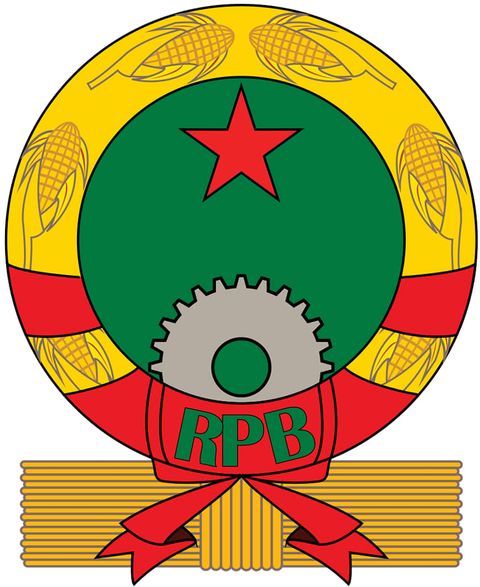
This first alternation at the top of power since 1972 was soon followed by a second, since Mathieu Kérékou returned to the political game and was elected at the democratic polls in 1996. He again led the Republic of Benin (the national conference having relieved the name of the country of its "popular" epithet) for two five-year terms, before passing the baton to Thomas Boni Yayi, elected in 2006.
The rest is written with Patrice Guillaume Athanase Talon, who has undertaken, since 2016, to reform the institutions of the Republic, revising the Constitution in passing to introduce in particular a post of Vice-President, after having failed to have his idea admitted and his belief in a "single mandate". The political history of Benin Republic is therefore being written with a new inkwell, and we are waiting to see if the reforms undertaken by the current tenant of the Marina Palace in Cotonou, and which are for the most part much decried, will give him back tomorrow the justice of having been right too soon on his political detractors.
However, we cannot help thinking, on this day of a once magical memory, of November 30, erected as the "Three glorious days" of the Beninese revolution of 1972, and which was for a long time the date of the national holiday of country. It took the national conference to restore the attributes of independence (flag, coat of arms and national holiday), which we saw flourish again from August 1, 1990, when the green standard struck by a five-pointed red star in the top left corner was permanently taken down from its mast and put away in the history cupboards.
Benin Republic no doubt still has many lessons to learn from these "Three Glorious Days" - November 30, 1972, November 30, 1974 and November 30, 1975 - to shed light on the present and project the future, in particular by revisiting the program speech of the Revolutionary Military Government. , spoken exactly 50 years ago today by Mathieu Kérékou, who left us on October 14, 2015, when he had just celebrated his 82nd birthday on September 2 of that year.
© Serge Mathias Tomondji
Ouagadougou, November 30, 2022
*This article has been translated from French into English by Marcus Boni Teiga



